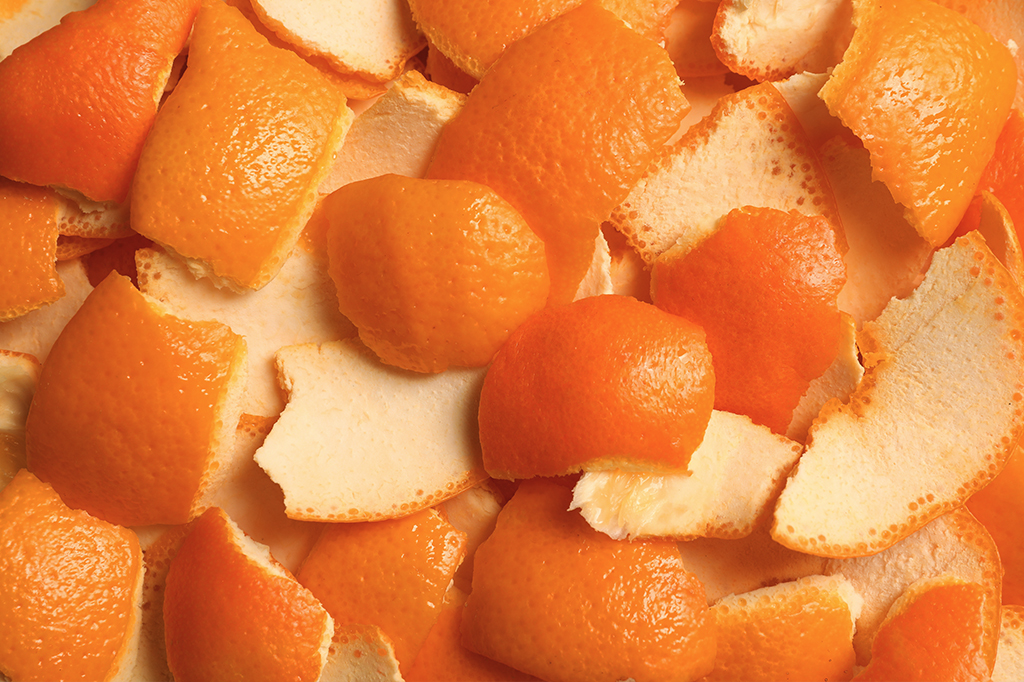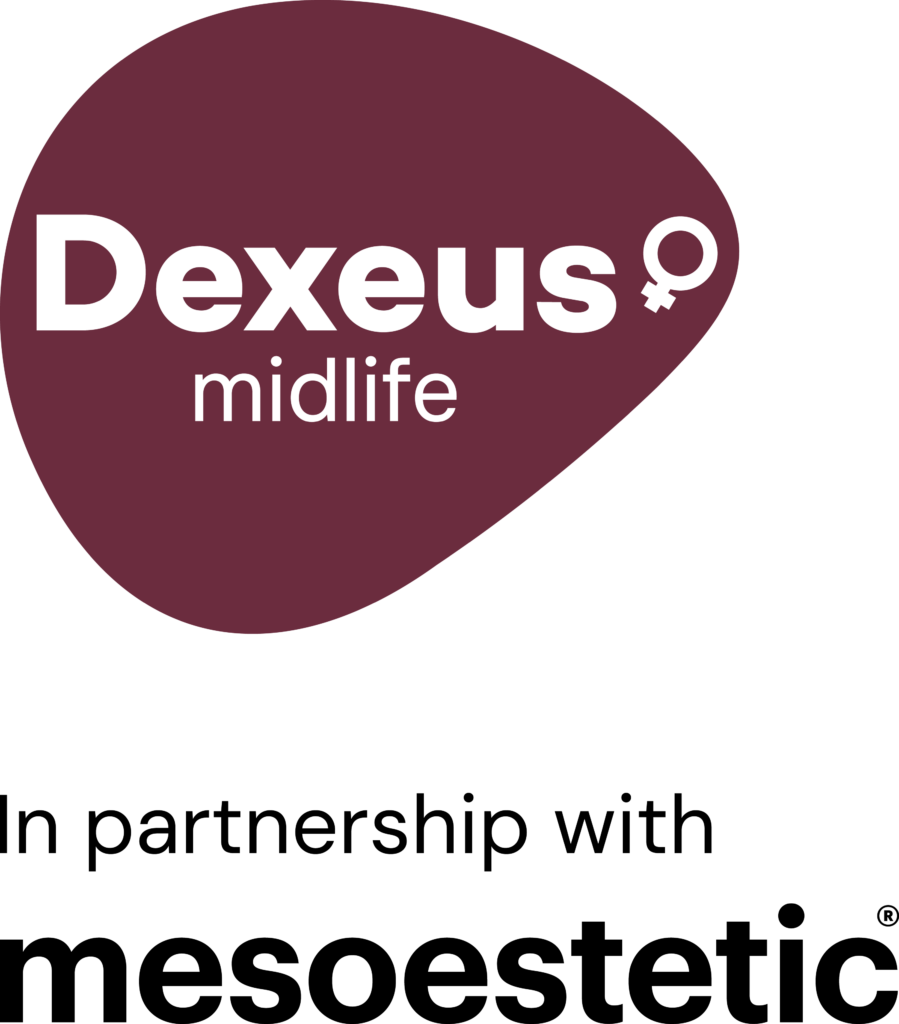Menopause is a time in women’s reproductive cycle defined as twelve consecutive months without menstruation. It occurs gradually and naturally when the body stops producing female hormones and ovarian function ends.
During the years prior to this point, known as perimenopause, hormonal fluctuations and imbalances occur that contribute to the appearance of cellulite and a greater propensity towards fluid retention, which can even worsen for the first few years after menopause.
Causes of the appearance of cellulite and fluid retention during menopause
Menopause affects women in many ways, and the appearance or worsening of cellulite is just one of them. The drop in hormones, especially oestrogen, can alter the mechanisms that regulate the balance of fluids and their elimination
A major factor affected by the lack of hormones is collagen synthesis, which translates into a lower tissue elasticity and more flaccidity, making subcutaneous adipocytes more pronounced. n addition, this lack of elasticity also affects blood and lymphatic vessels, and poor circulation can play a decisive role in the retention of fluids and the dreaded cellulite develops.
In addition, the body’s composition also changes, as at this stage of life the percentage of fat tissue usually increases in relation to lean mass, causing cellulite to be even more visible.
Main symptoms

Bloating
The most prominent symptom of fluid retention is bloating, which can be generalised or localised in areas of the body such as the face, stomach, arms, legs, feet, and ankles. This bloating is caused by the accumulation of water in tissues.

Weight gain
Fluid accumulation is usually accompanied by weight gain, so fluid retention is not only seen in the figure, but also on the scale.

Orange-peel skin
One of the causes of the appearance of cellulite is fluid retention, so both problems often go hand in hand. Among the most visible symptoms of cellulite is the unsightly orange-peel skin, especially on the legs and buttocks, although it can also appear in other parts of the body, such as arms.
Treatments for cellulite and fluid retention
Radiofrequency
Radiofrequency
Radiofrequency has been referred to for many years as a medical-cosmetic technique that redefines facial features, enhances shape and corrects...
Read moreMesotherapy
Mesotherapy
Mesotherapy has been referred to for several years as one of the most effective medical-cosmetic techniques for the treatment of...
Read moreCarboxytherapy
Carboxytherapy
Some aesthetic medicine techniques are unknown to many people. This is the case with carboxytherapy, a technique that promotes the...
Read moreTopical treatments
Topical treatments
Over time, a series of changes occur in both the skin and body; such as loss of hydration and radiance,...
Read moreFAQs
Are fluid retention and cellulite affected by diet?
A healthy and varied diet that doesn’t abuse pastries, ultra-processed foods and pre-cooked meals is always a good choice. Adding fruits and vegetables such as natural pineapple, melon, lettuce, asparagus, artichokes or cucumber to your diet can help you lose fluid and weight. If we also add good quality animal or vegetable proteins and reduce our intake of salt and alcohol, we will have an ideal diet not only for combating fluid retention and cellulite, but also for getting rid of fat in general and improving our health.
Finally, an important point to take into account is that fluid retention does not mean that our intake of fluids is too high. Quite the opposite; dehydration can very likely lead the body to react by accumulating fluid. Therefore, drinking enough water is really important, so don’t hold back from this.
Is cellulite affected by exercise?
Exercise is very beneficial during menopause, especially if we combine strength and cardio exercises, but the response of cellulite to it depends on the type of cellulite we are dealing with. The most rebellious and hard cellulite may remain unchanged even with exercise, and ironically it may even be more visible due to losing fat and fluids, but soft cellulite and oedematous cellulite usually respond quite well.
Squats and lunges are particularly recommended, especially if we add some weights, and also exercise with elastic bands to tone and tighten the muscles. Push-ups and abdominal exercises are excellent for toning arms and strengthening the core, respectively.
Is there any cosmetic treatment that can help with cellulite?
The market is full of products that promise to improve the appearance of cellulite, but most do not give the expected results because, although creams and gels can improve the appearance of the skin in a remarkable way, they do not really go beyond the epidermis and do not reach the fat tissue. Therefore, it is better if the topical application of these cosmetic products is performed professionally by means of massages and appropriate manoeuvres. This will enable the lymphatic system to be mobilised to eliminate fat and fluids, achieving optimal results.
Two other professional treatments widely used to combat cellulite are radiofrequency, which manages to reach fat tissue through electromagnetic waves, and mesotherapy, which, with its microinjections, crosses the skin barrier to carry the active ingredients directly to the deepest layers of the skinl.

